Quartz
Formula: SiO2
Species: Oxides
Colour: Colorless, purple, rose, red, black, yellow, brown, green, blue, orange, etc.
Lustre: Vitreous
Hardness: 7
Specific Gravity: 2.65 – 2.66
Crystal System: Trigonal
Name: Quartz has been known since pre-historic times. The most ancient name known is recorded by Theophrastus in about 300-325 BCE, κρύσταλλος or kristallos. The root words κρύοσ signifying ice cold and στέλλειυ to contract (or solidify) suggest the ancient belief that kristallos was permanently solidified ice. The earliest printed use of “querz” was anonymously published in 1505, but attributed to a physician in Freiberg, Germany, Ulrich Rülein von Kalbe. Agricola in 1530 used the spelling “quarzum” as well as “querze”, but also referred to “crystallum”, “silicum”, “silex”, and silice”. A different etymology for quartz based on the name that the Saxon miners called large veins rich in ore: ‘Querkluftertz’ could easily be condensed to ‘Querertz’ and then to ‘Quertz’, and eventually become ‘Quarz’ in German, ‘quarzum’ in Latin and ‘quartz’ in English.” The second half of the XVIIIth century quartz became established as a name of a particular mineral.
Polymorph of: Coesite, Cristobalite, Mogánite, Seifertite, Stishovite, Tridymite
Isostructural with: Berlinite, Pertoldite. Quartz is the Si analogue of pertoldite (Ge).
Quartz is one of the most common minerals. If pure, quartz forms colorless, transparent and very hard crystals with a glass-like luster. A significant component of many igneous, metamorphic and sedimentary rocks, quartz is found in numerous varieties and colours.
Quartz forms: occurs in two basic forms: 1)The more common macrocrystalline quartz is made of visible crystals or grains. Examples are rock crystals, the grains in sandstone, but also massive quartz that is made of large crystallites without any crystal faces. 2) Cryptocrystalline quartz or microcrystalline quartz is made of dense and compact aggregates of microscopic quartz crystals and crystallites. Examples are agate and chert. The different types of cryptocrystalline quartz are colloquially subsumed under the term chalcedony, although that term has a more strict definition in scientific literature. In addition to crystallographic forms and habits, many quartz crystals are characterized by peculiar morphological features that reflect different modes of growth during their development. Some of these “growth forms” are found at many different localities and – like habits – have been given “trivial names” (e.g., “cactus quartz”, “gwindel”). Among the more common and important growth forms are:
Sceptre quartz: Crystals with syntaxial overgrowth of a second generation tip. Faden quartz: Crystals and crystal aggregates with a white thread running through the crystals. The thread is caused by repetitive cracking of the crystal during growth and consists of fluid inclusions. Window or Skeleton or Frame or Fenster quartz: Crystals with frame-like, elevated edges of the crystal faces, usually with parallel grown blades that grow from the edges to the center of the faces in a window glass-like manner. Phantom quartz: Crystals in which outlines of the shape of earlier developmental stages of the crystal are visible because of inclusions or color zones. Sprouting quartz : Crystals on which split-growth causes subparallel daughter crystals to sprout from the crystal faces. Artichoke quartz: A form of split-growth resulting in specimens with composite artichoke-like crystal tips. Gwindel: Crystals elongated and twisted along an a-axis. Cactus quartz or spirit quartz: Crystals whose prism faces are covered by small, roughly radially grown second-generation crystals.
Rock Crystal: It is a colorless transparent variety of quart. Vessels of all kinds and spheres have been carved from large crystals from ancient time, and the name rock crystal emerged in the late Middles Ages to differentiate it from the newly perfected colorless glass.
Smoky Quartz: It is the light brown to nearly black variety of crystalline quartz. Black crystals are called morion.Smoky quartz on sale is often made by irradiating rock crystal to turn it dark brown.
Milky Quartz: This is by far the most common variety of quartz. The milkiness has been attributed to the presence of minute glass bubbles trapped inside the crystal.
Rose quartz: pink quartz is rarely found in crystals, and when they occur they rarely exceed 1 cm. It is far more commonly found as a massive aggregate. Its coloration has been attributed to traces of titanium, while milky appearance may be due to tiny, needlelike inclusions of rutile.
Citrine: citrine is yellow to brownish quartz and resembles yellow topaz. It is colored by hydrous iron oxide. Natural citrine is much less common than amethyst or smoky quartz, both of which can be heat-treated to turn their color into that of a citrine. Citrine is sometimes found as a zone of citrine in amethyst, when it is known as ametrine.
Amethyst: a variety of vitreous quartz with purple, violet or red-purple coloration.
Aventurine: a variety of quartz that has a spangled appearance due to sparkling internal reflections from uniformly oriented minute inclusions of other minerals. Green aventurine is colored by green fuchsite mica; brown aventurine is colored by pyrite; and reddish-brown aventurine is due to hematite. Other inclusions can color the mineral orange, bluish-white, yellow or bluish-green. It is always massive (no crystals).
Cat’s-eye quartz: It is actually applied to two different minerals: one a variety of chrysoberyl, the other of quartz. The two may be distinguished by their specific gravities: chrysoberyl is much denser. Cat’s-eye quartz owes its chatoyancy (cat’s eye effect) and grayish-green color to parallel fibers of asbestos in the quartz; a mor reddish or golden color derives from minute fibers of rutile.
Tiger’s eye: it is a semi-precious variety of quartz exhibiting chatoyancy, a vertical luminescent band like that of a cat’s eye. Unlike cat’s eye quartz, tiger’s eye quartz is formed when parallel veins of crocidolite (blue asbestos) fibers are first altered to iron oxides and the replaced by silica. As a result, it is more opaque and has a rich yellow to brown color.
Rutilated quartz: It takes its name from needles of rutile (TiO2 ) that are enclosed within it. It is generally transparent, with any amount of needles from a few to so many that the stone is nearly opaque. The needles can occur as sprays, or they can be randomly oriented. The rutile is generally golden in color, but it can be reddish to deep red, appearing black without intense light. The quartz can be found in well-formed crystals or in stream-rounded fragments. It is also known as Venus’ hairstone. Black tourmaline, green actinolite, and green chlorite needles are also found encased in quartz in a manner similar to rutile needles.
Phantom quartz: when gas bubbles or tiny crystals of other minerals accumulate on the termination of a crystal quartz during its growth, the color of the crystal is subtly changed. This can happen at several stages, leaving a “shadow” or “phantom” of the termination of each point. Green phantoms usually result from chlorite, reddish-brown from various iron minerals, blue from riebeckite (Sao Paulo), and white from gas or liquid bubbles or as a result of etching. Phantom quartz is widespread.
Chalcedony: A compact variety of microcrystalline quartz, chalcedony is composed of microscopic fibers. It can be mammillary, botryoidal, or stalactitic, and is found in veins, geodes, and concretions. It is white when pure, but much chalcedony contains trace elements or microscopic inclusions of other minerals giving a range of colors.. Many of these colored chalcedonies have their own variety names, chrysoprase is green, carnelian is red, sard is dark brown, bloodstone is dark green, jasper is most often red. Agate is a semiprecious type of chalcedony that presents multiple colored bands.
Color: Compared to many other minerals, quartz is chemically very pure, most crystals contain more than 99.5% SiO2. Nevertheless, varieties colored by impurities occur. These can be divided into two groups: 1) Quartz colored by trace elements built into the crystal lattice.
Only a few elements can replace silicon in the quartz lattice (substitutional positions) or are small enough to occupy free spaces in the lattice (interstitial positions). In natural quartz crystals, the most common ones to replace Si are Al, Fe, Ge, and Ti, whereas Li, Na, Ca, Mg and Fe often occupy interstitial positions. Of the substitutional trace elements, only Al, Fe and more rarely P are found to play a role in natural colored varieties. There are only a handful of quartz varieties colored by trace elements built into the lattice, sorted by abundance, with the more common ones first: Smoky quartz, Amethyst, Citrine, Pink Quartz / Euhedral Rose Quartz, Prasiolite. Quartz varieties based on color centers are pleochroic, and their color centers can be destroyed by heat treatment. Individual quartz crystals may contain several colored varieties, like an amethyst with smoky zones. 2) Quartz colored by inclusions of separate phases, for example minerals or fluids. Because quartz crystals grow in many geological environments, they embed many different minerals during growth and assume the colors of the included minerals. Colors may also be caused by light scattering at finely distributed but colorless inclusions. There are also trivial names for varieties colored by inclusions that have been found at many localities, like “prase”, “ferruginous quartz” or “rose quartz”. However, the definitions of these varieties are often rather fuzzy, and different authors use different definitions.
Occurrence: Quartz is one of the crystalline forms of silica, the essential building material for all silicates, and quartz can only form where silica is present in excess of what is consumed in the formation of other silicate minerals. Quartz may also be consumed during the formation of new silicate minerals, in particular at higher temperatures and pressures, and certain geological environments are “incompatible” with free silica and hence quartz.
Quartz as a Rock-Forming Mineral: The largest amount of quartz is found as a rock-forming mineral in silica-rich igneous rocks, namely granite-like plutonic rocks, and in the metamorphic rocks that are derived from them. Under conditions at or near the surface, quartz is generally more stable than most other rock-forming minerals and its accumulation in sediments leads to rocks that are highly enriched in quartz, like sandstones. Quartz is also a major constituent of sedimentary rocks whose high quartz content is not immediately obvious, like slates, as well as in the metamorphic rocks derived from such quartz-bearing precursor rocks.
Quartz Veins: At higher temperatures and pressures quartz is easily dissolved by watery fluids percolating the rock. When silica-rich solutions penetrate cooler rocks, the silica will precipitate as quartz in fissures, forming thin white seams as well as large veins. In most cases, the quartz in these veins will be massive, but they may also contain well-formed quartz crystals. Along with the silica, metals are also transported with the brines and precipitate in the veins as sometimes valuable ore minerals. The association of gold and quartz veins is a well-known example. Quartz is the most common “gangue mineral” in ore deposits.
Quartz Crystals: Quartz crystals typically grow in fluids at elevated temperatures between 150°C and 600°C, but they also grow at ambient conditions. The greatest variety of shapes and colors of quartz crystals comes from hydrothermal ore veins and deposits, reflecting large differences in growth conditions in these environments (chemistry, temperature, pressure). Splendid, large crystals grow from ascending hot brines in large fissures, from residual silica-rich fluids in cavities in pegmatites and from locally mobilized silica in Alpine-type fissures. Euhedral quartz crystals that are embedded in igneous rocks are uncommon. Quartz is among the last minerals that form during the solidification of a magma, and because the crystals fill the residual space between the older crystals of other minerals they are usually irregular.


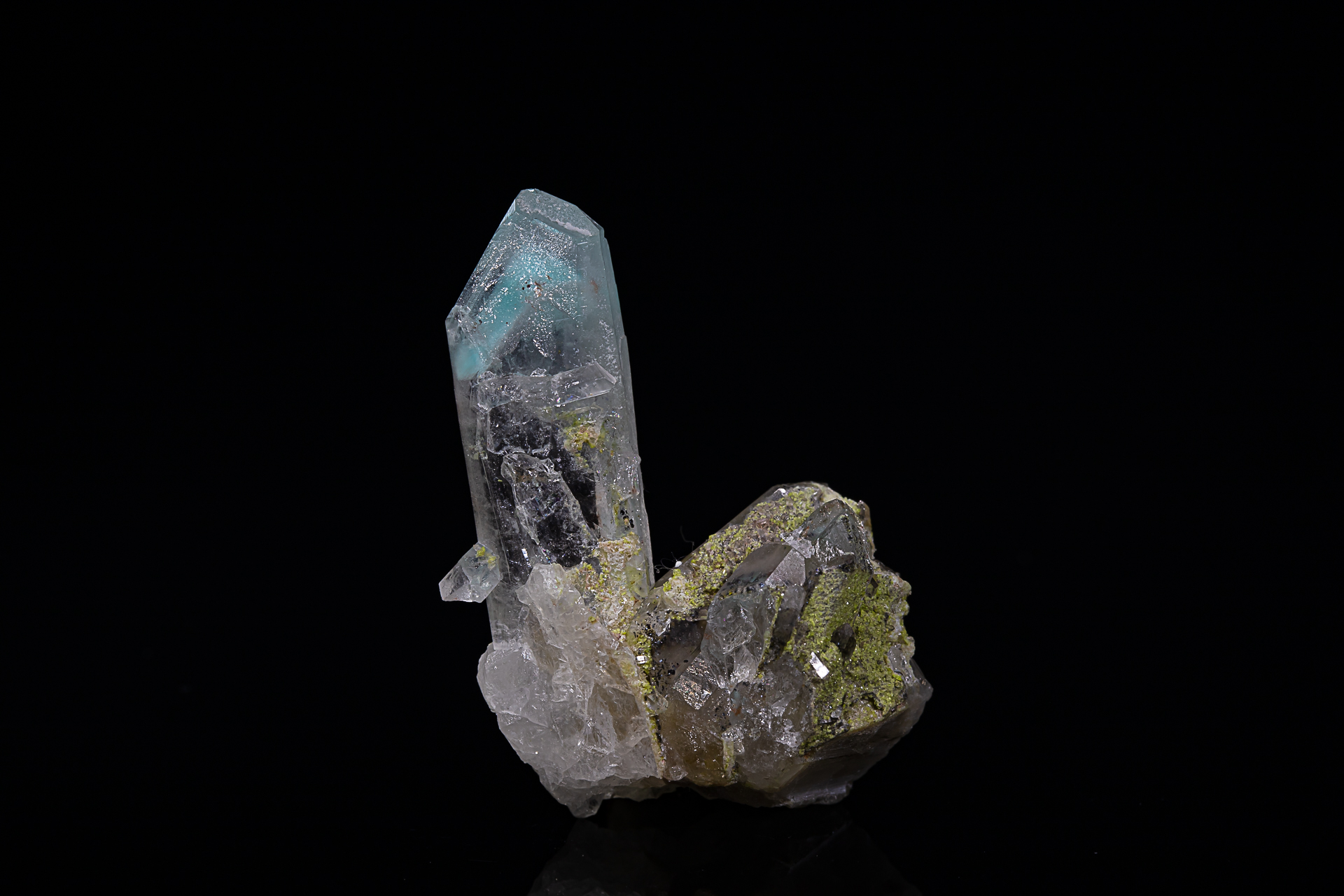

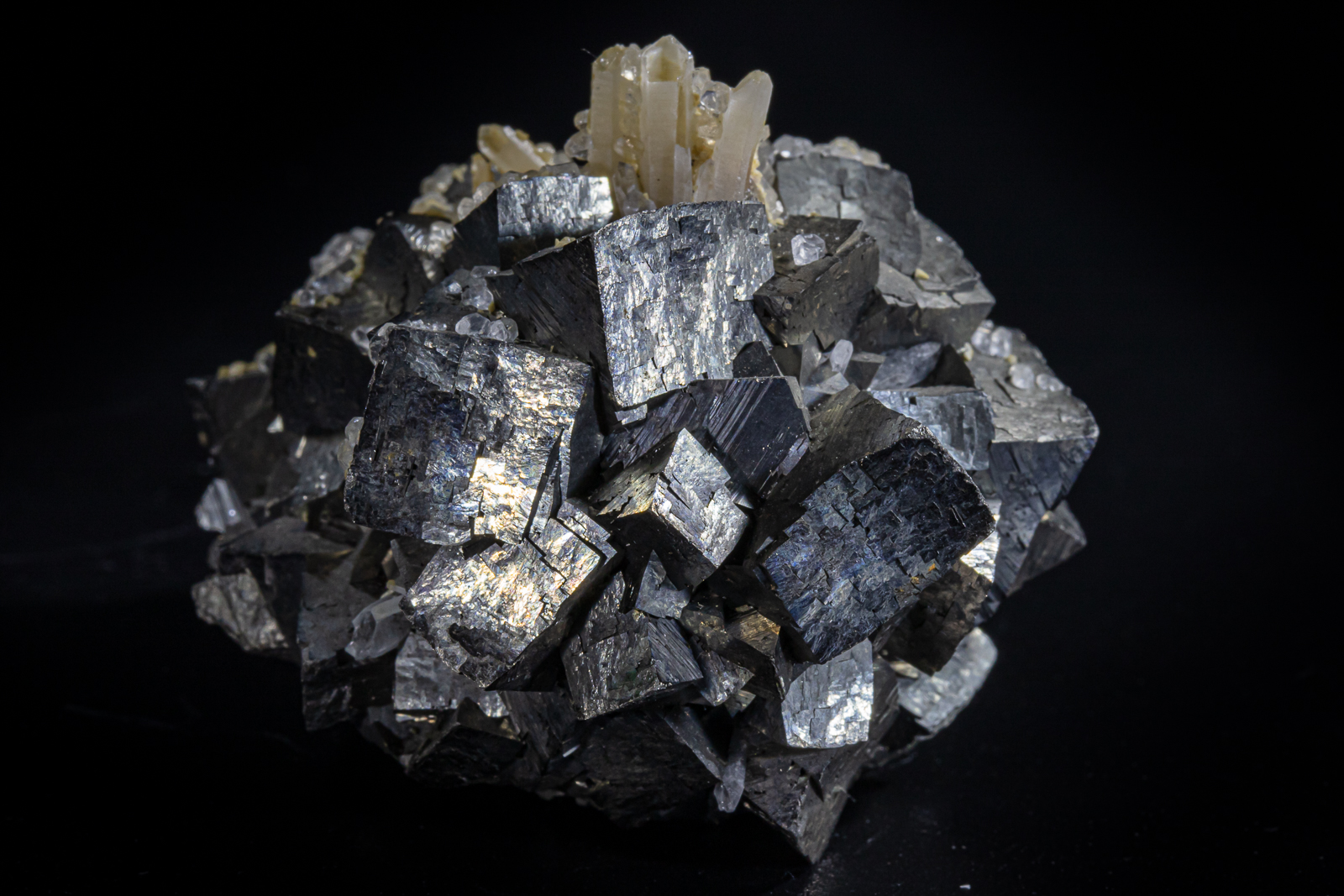 Copyright Charles Camarda - www.camardavisualstudio.com
Copyright Charles Camarda - www.camardavisualstudio.com Copyright Charles Camarda - www.camardavisualstudio.com
Copyright Charles Camarda - www.camardavisualstudio.com Copyright Charles Camarda - www.camardavisualstudio.com
Copyright Charles Camarda - www.camardavisualstudio.com Copyright Charles Camarda - www.camardavisualstudio.com
Copyright Charles Camarda - www.camardavisualstudio.com
 Copyright Charles Camarda - www.camardavisualstudio.com
Copyright Charles Camarda - www.camardavisualstudio.com
 Copyright Charles Camarda - www.camardavisualstudio.com
Copyright Charles Camarda - www.camardavisualstudio.com Copyright Charles Camarda - www.camardavisualstudio.com
Copyright Charles Camarda - www.camardavisualstudio.com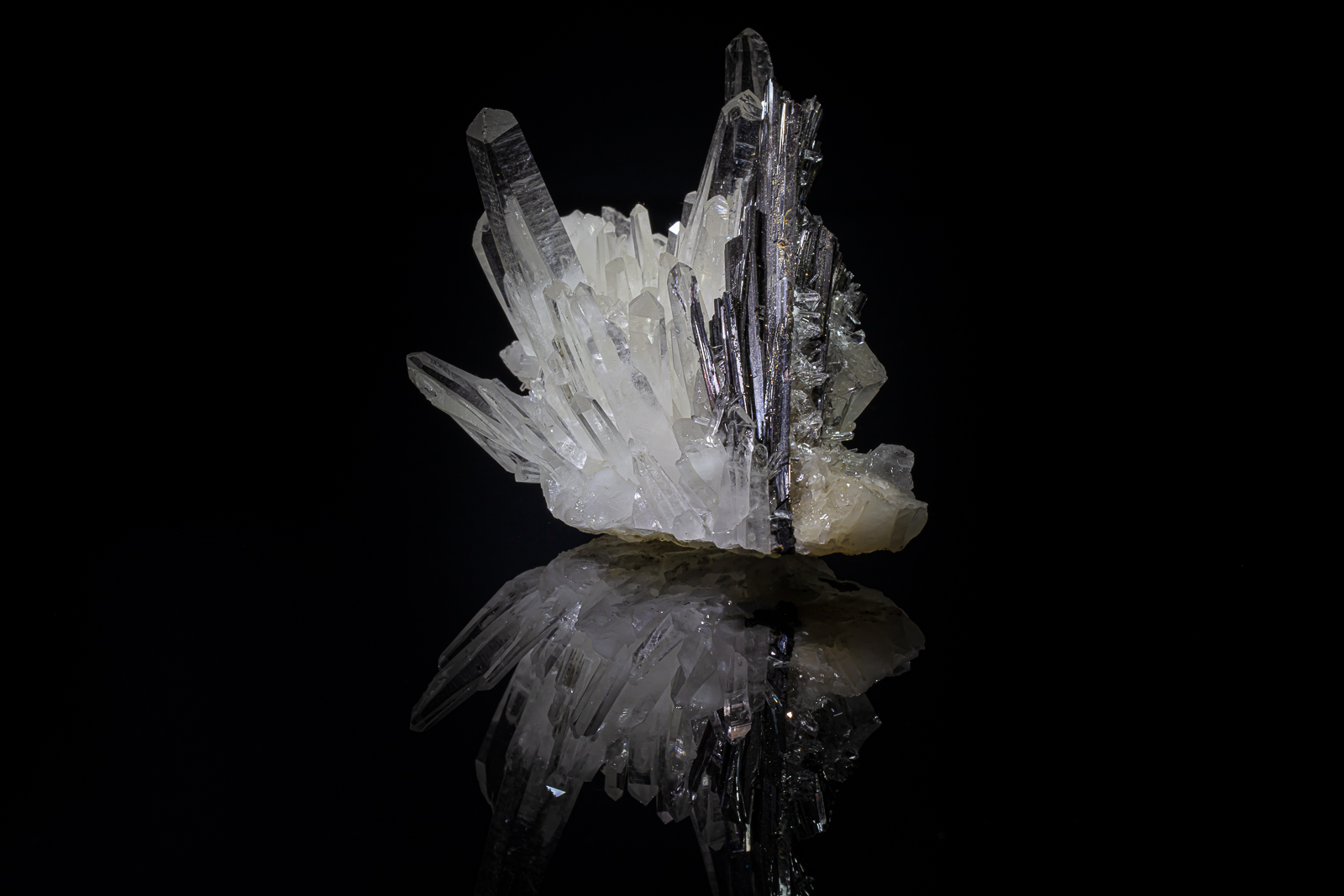 Copyright Charles Camarda - www.camardavisualstudio.com
Copyright Charles Camarda - www.camardavisualstudio.com Copyright Charles Camarda - www.camardavisualstudio.com
Copyright Charles Camarda - www.camardavisualstudio.com Copyright Charles Camarda - www.camardavisualstudio.com
Copyright Charles Camarda - www.camardavisualstudio.com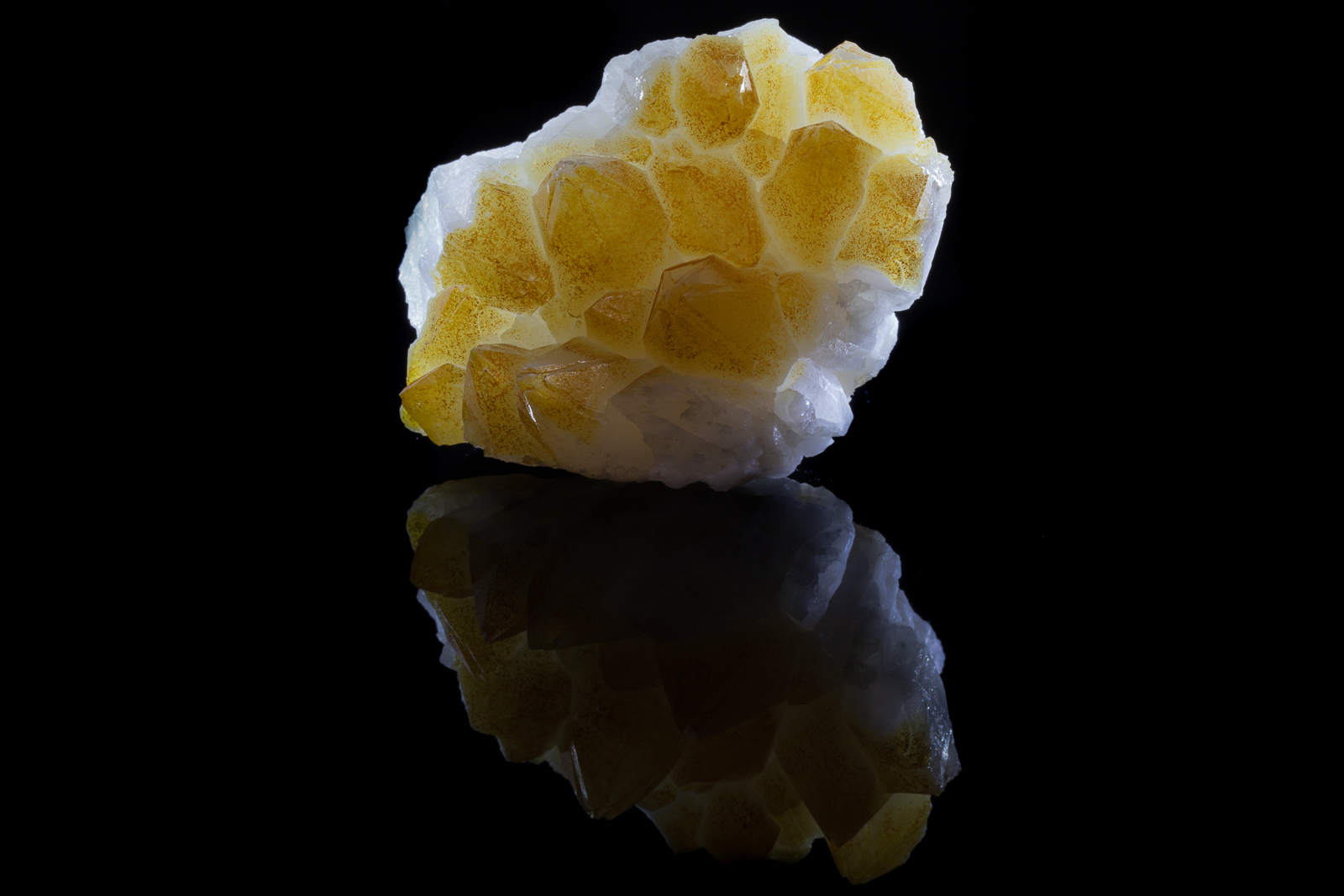 Copyright Charles Camarda - www.camardavisualstudio.com
Copyright Charles Camarda - www.camardavisualstudio.com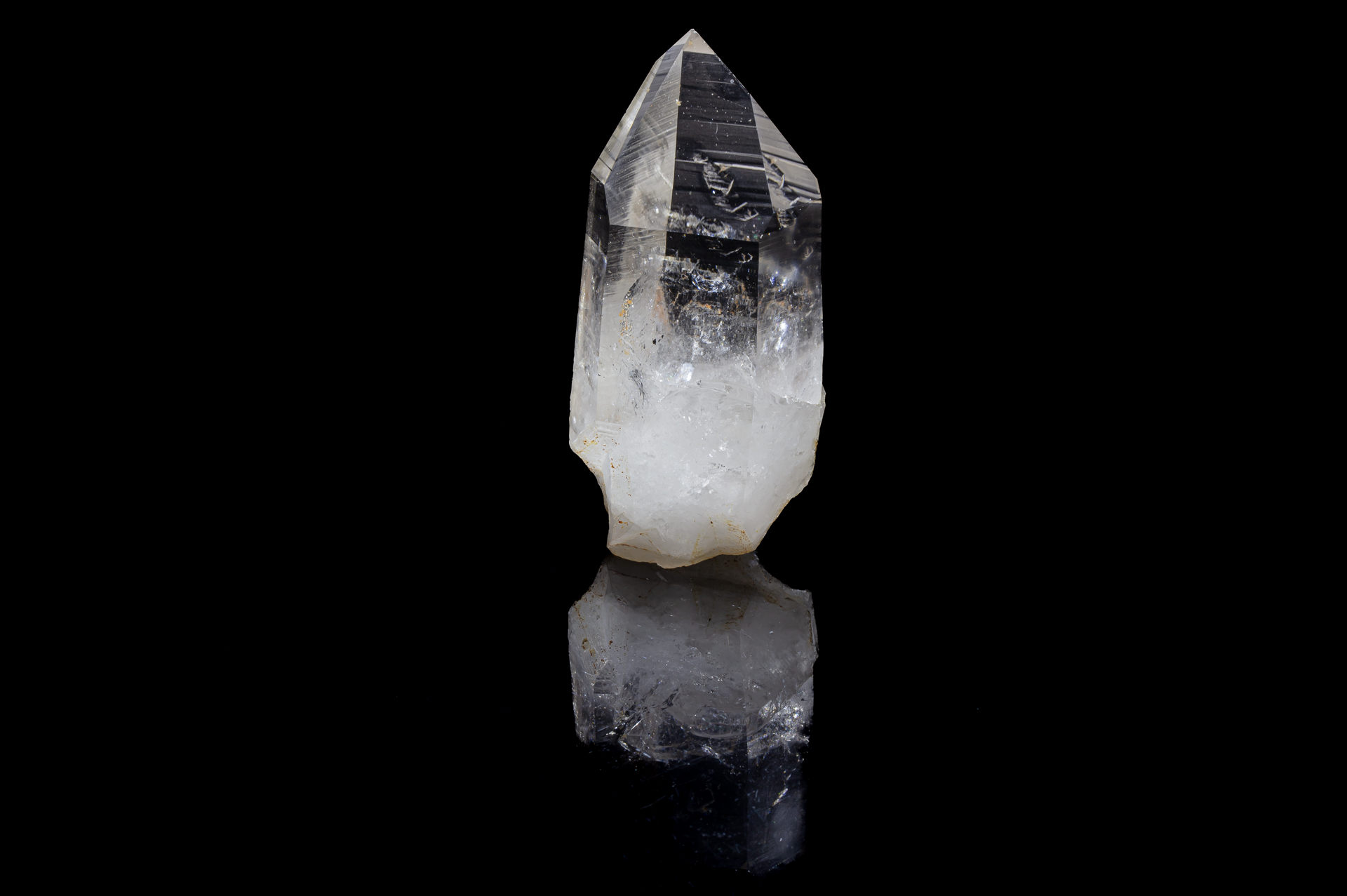
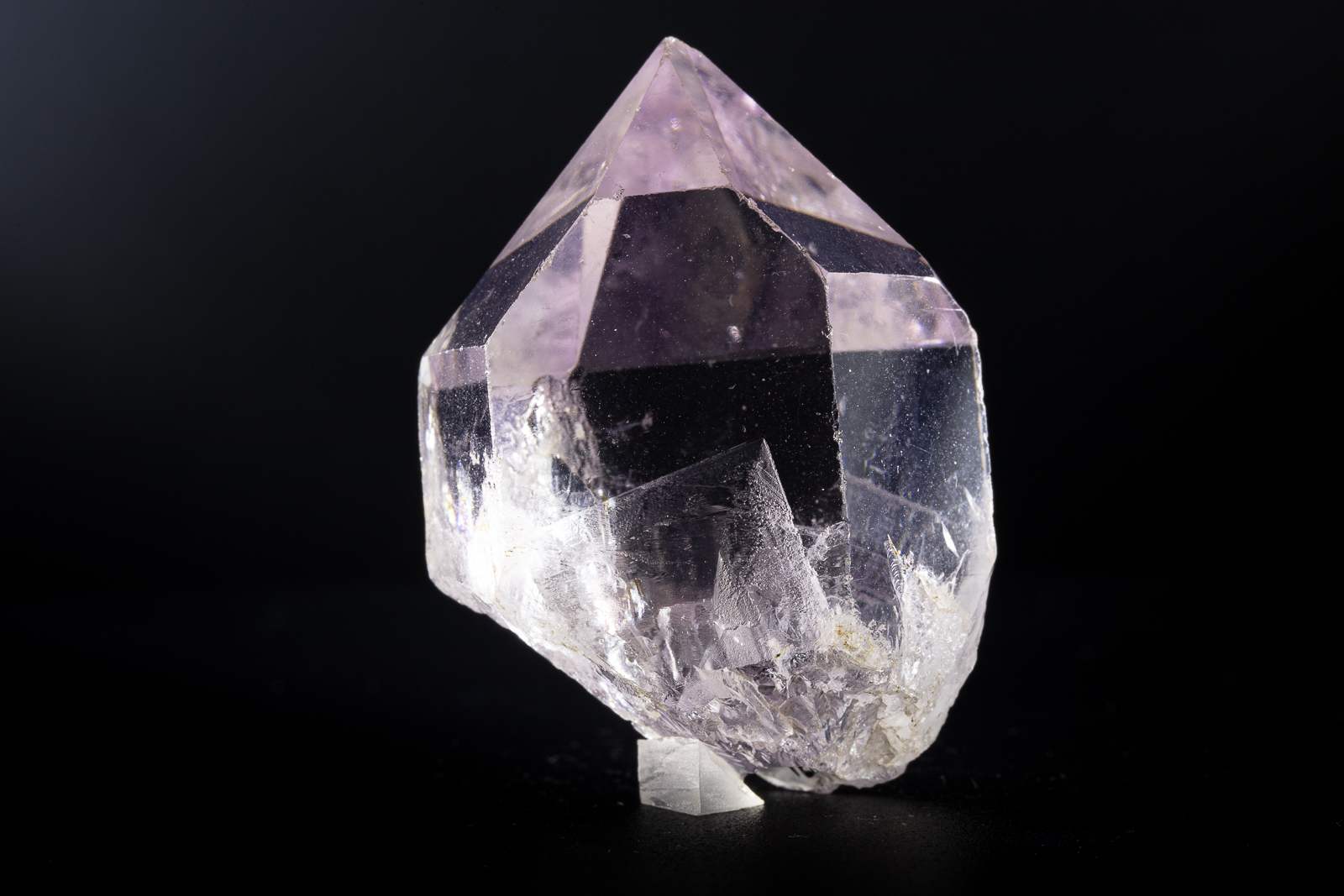 Copyright Charles Camarda - www.camardavisualstudio.com
Copyright Charles Camarda - www.camardavisualstudio.com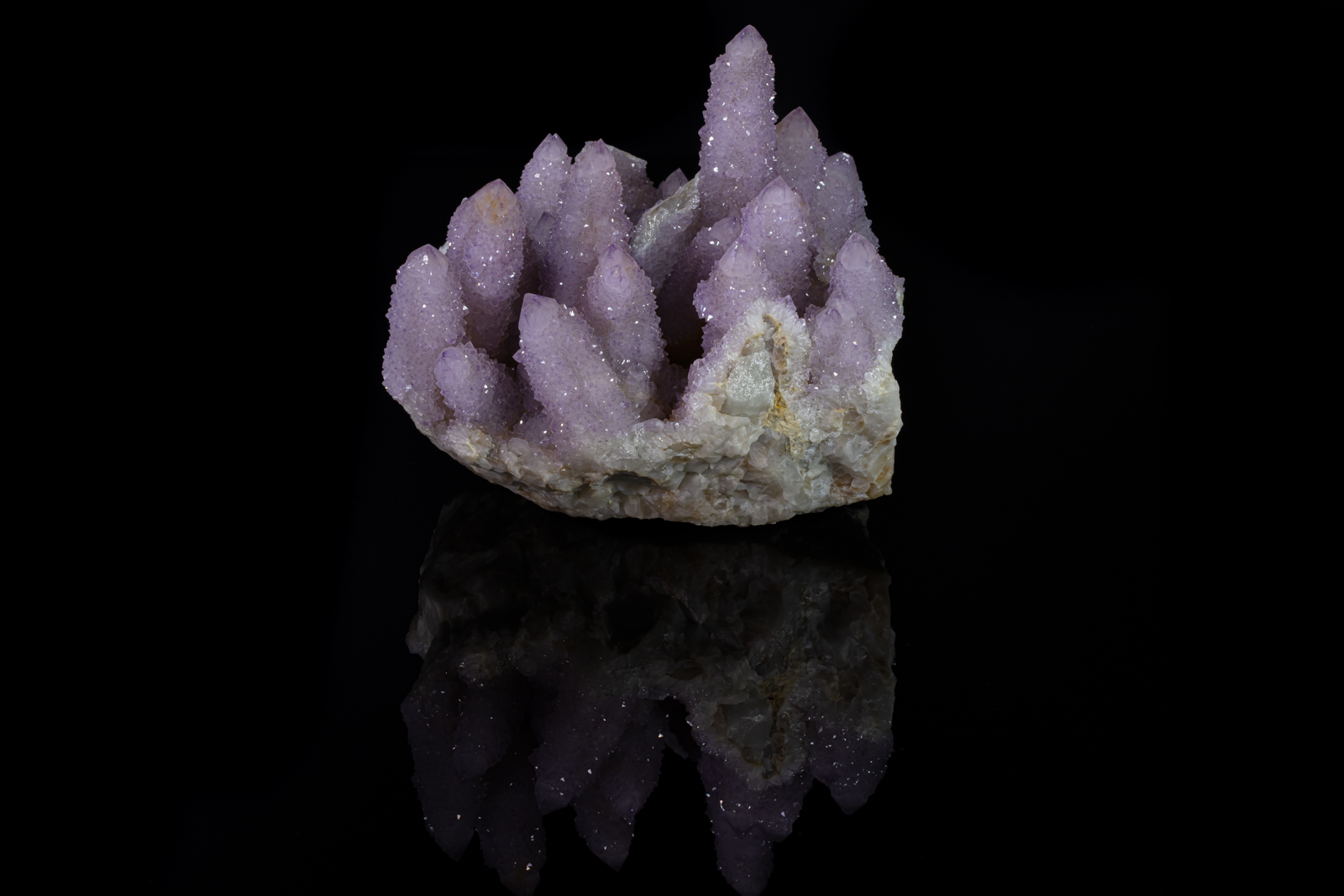 Copyright Charles Camarda - www.camardavisualstudio.com
Copyright Charles Camarda - www.camardavisualstudio.com
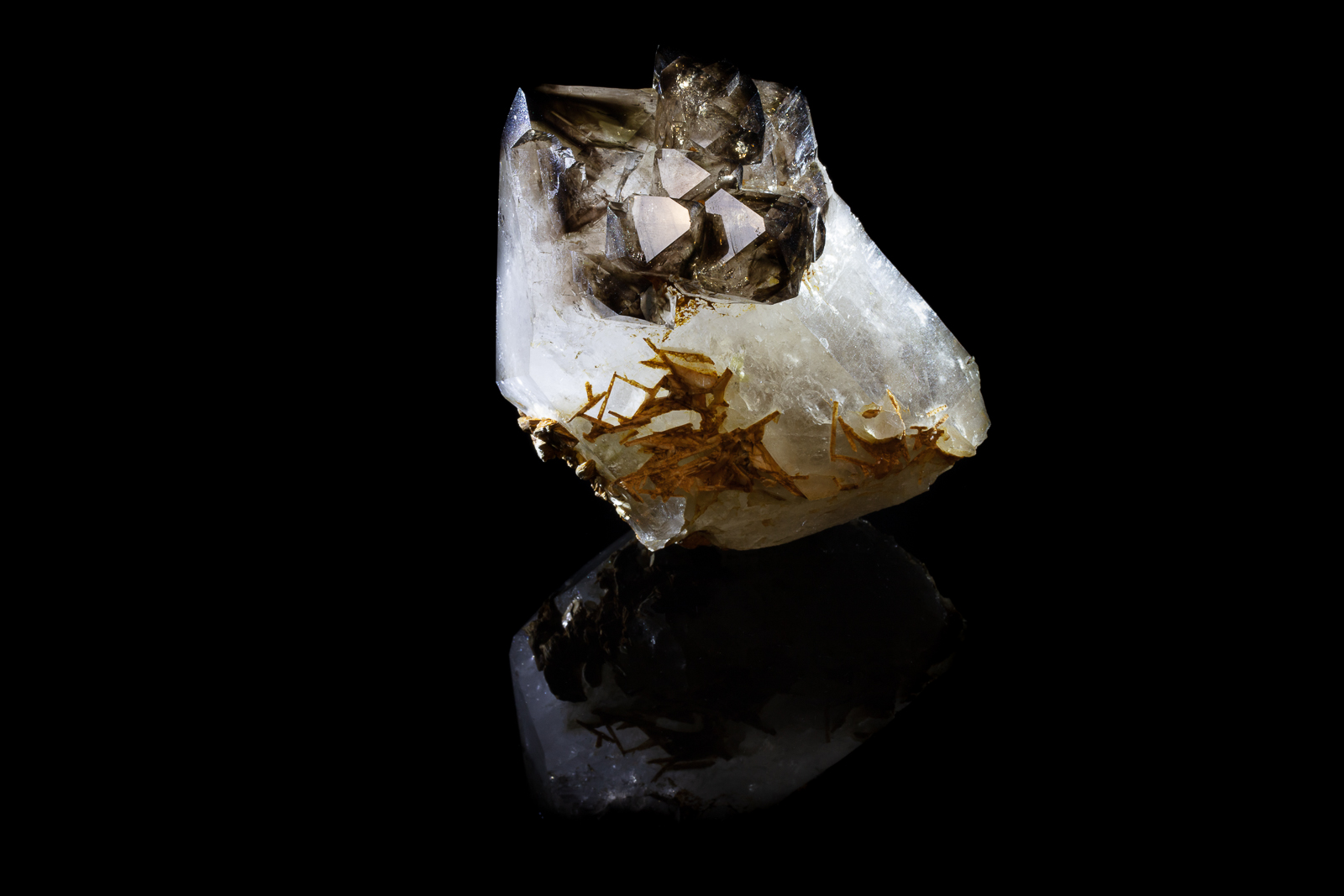 Copyright Charles Camarda - www.camardavisualstudio.com
Copyright Charles Camarda - www.camardavisualstudio.com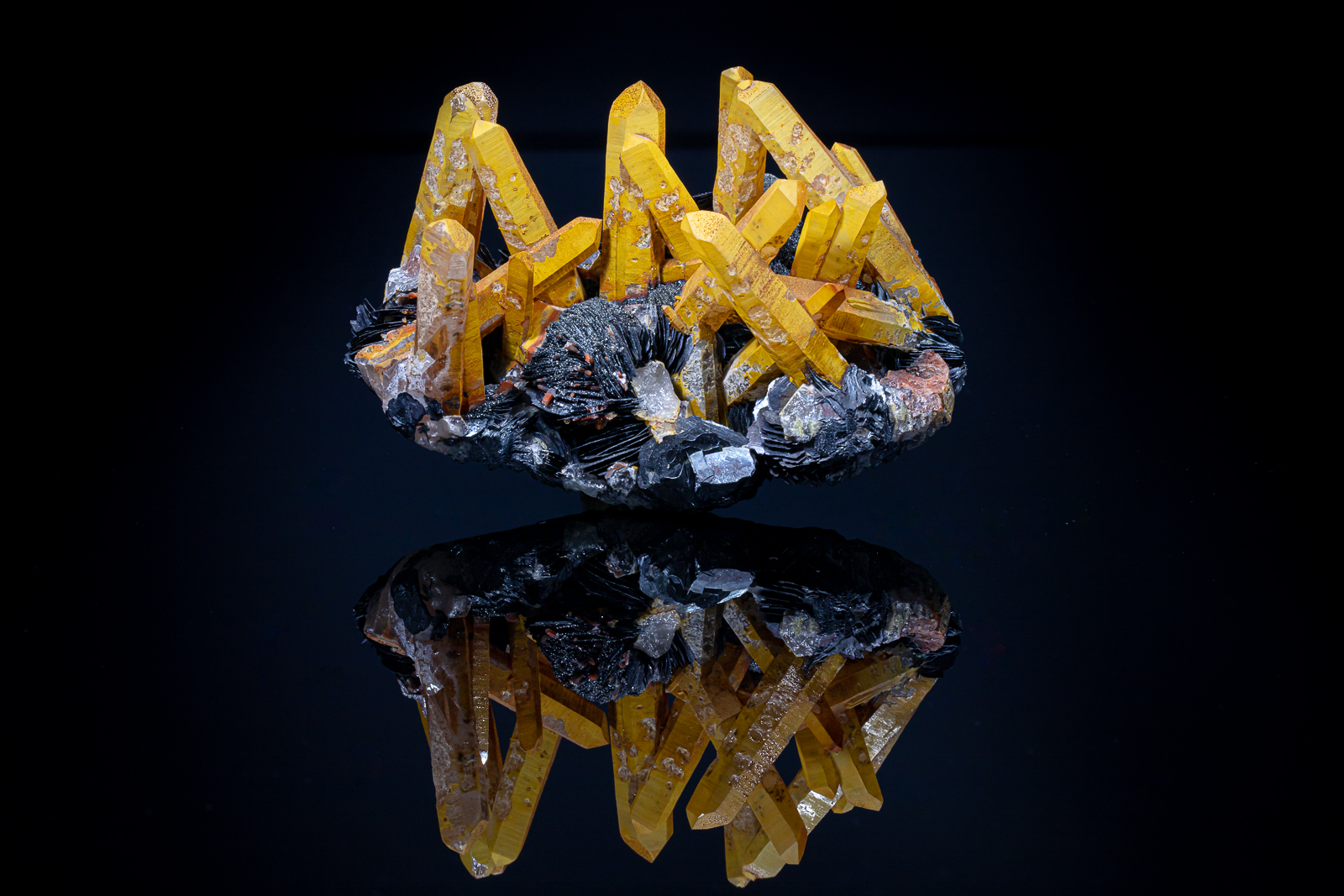 Copyright Charles Camarda - www.camardavisualstudio.com
Copyright Charles Camarda - www.camardavisualstudio.com Copyright Charles Camarda - www.camardavisualstudio.com
Copyright Charles Camarda - www.camardavisualstudio.com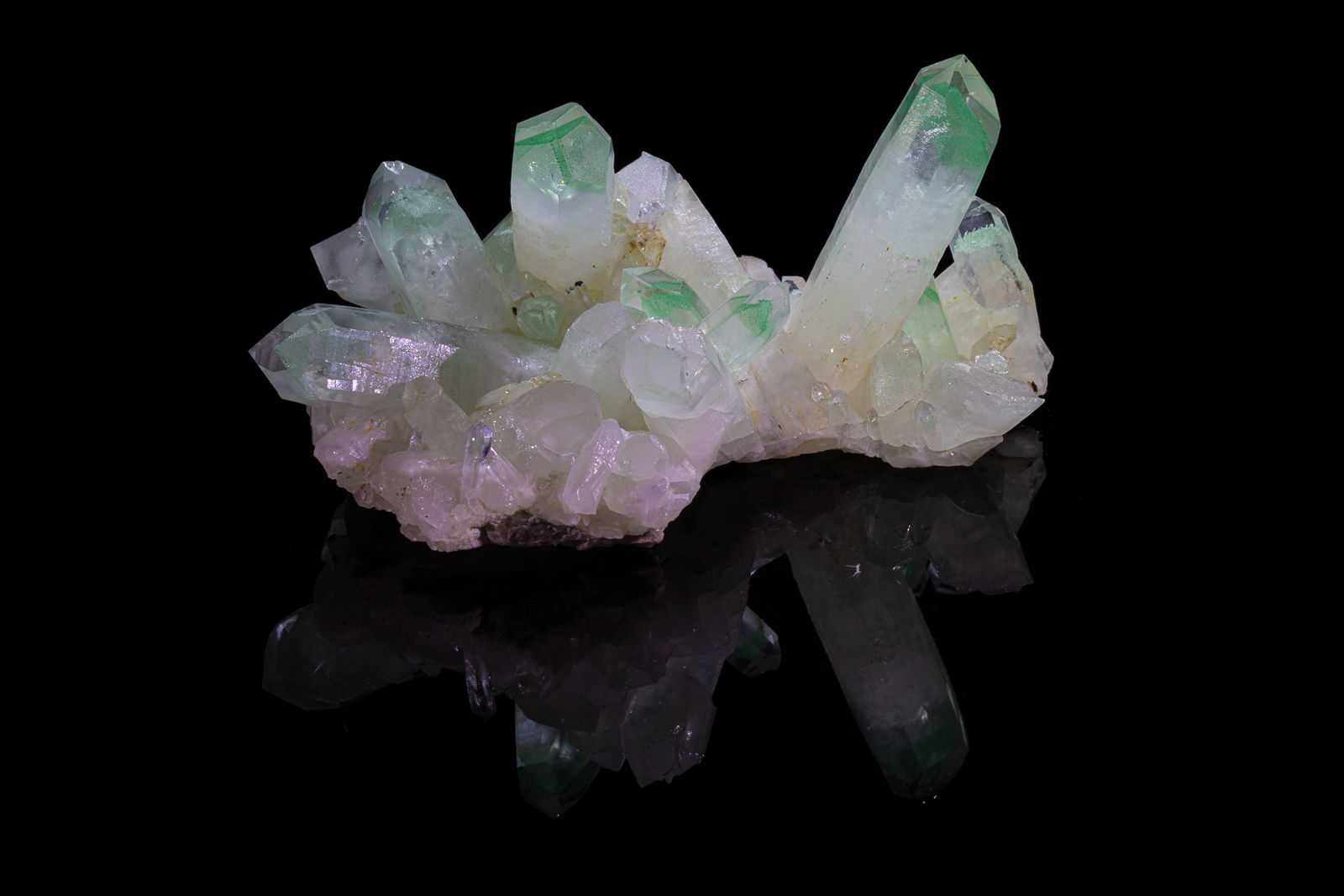 Copyright Charles Camarda - www.camardavisualstudio.com
Copyright Charles Camarda - www.camardavisualstudio.com

 Copyright Charles Camarda - www.camardavisualstudio.com
Copyright Charles Camarda - www.camardavisualstudio.com

 Copyright Charles Camarda - www.camardavisualstudio.com
Copyright Charles Camarda - www.camardavisualstudio.com
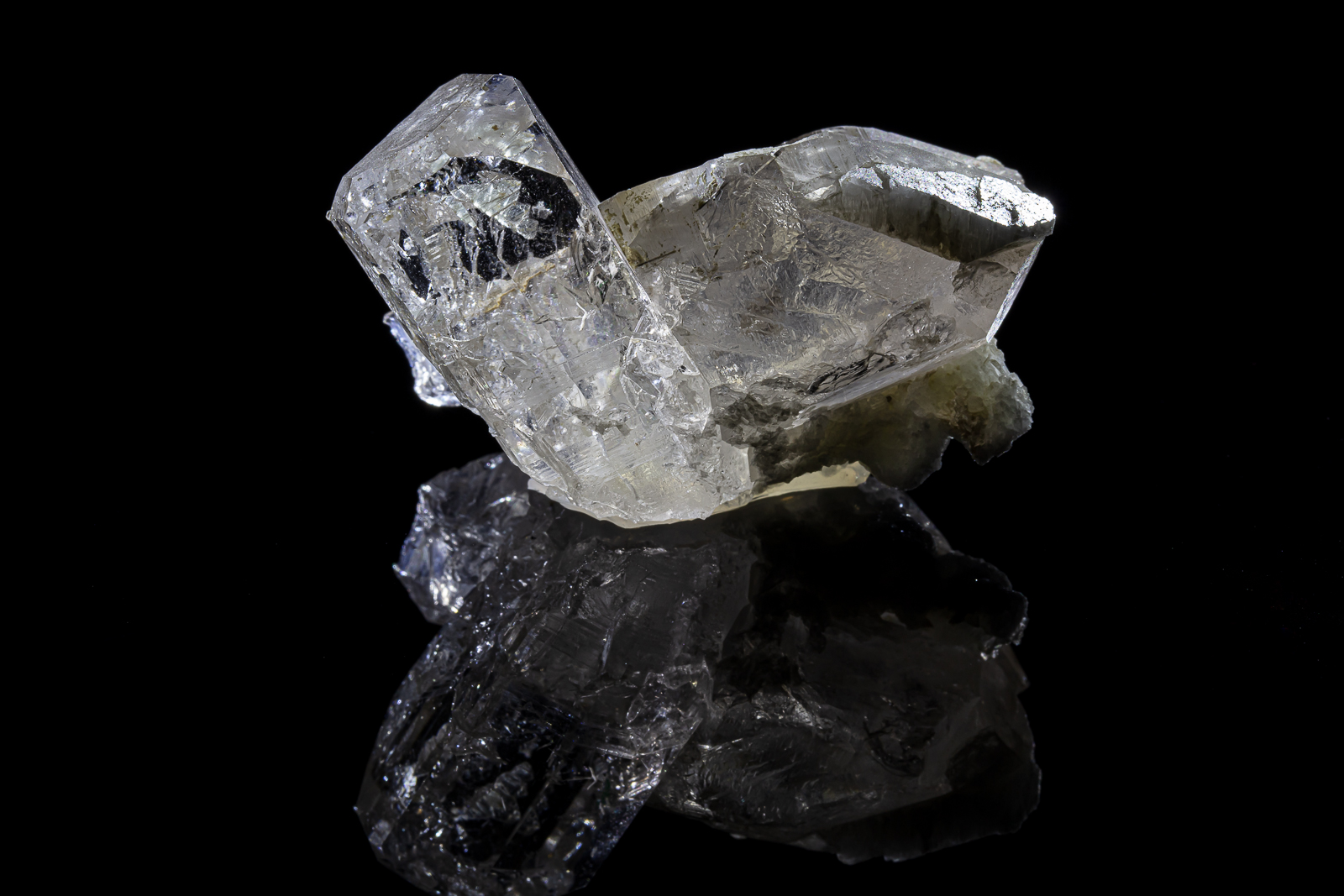 Copyright Charles Camarda - www.camardavisualstudio.com
Copyright Charles Camarda - www.camardavisualstudio.com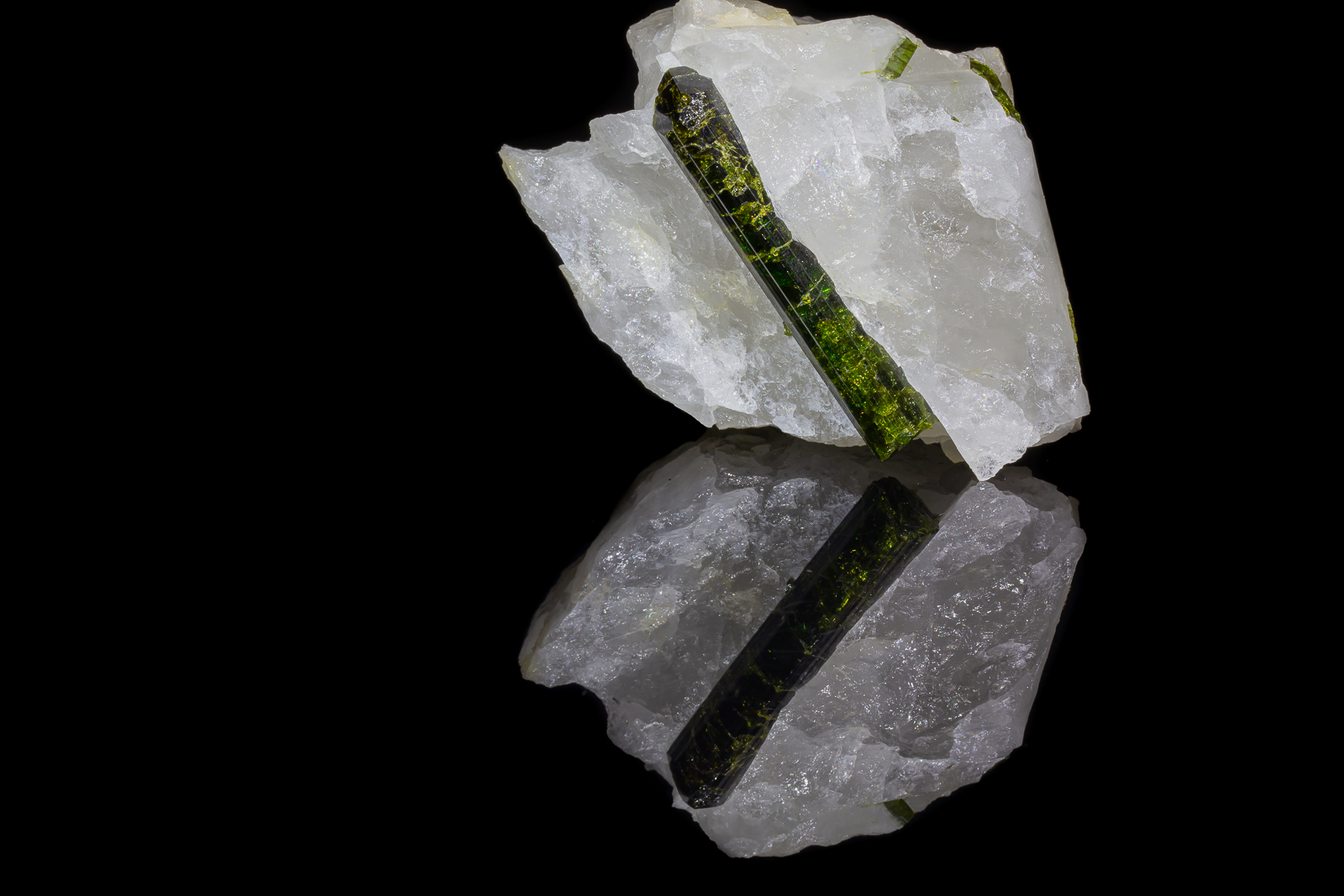 Copyright Charles Camarda - www.camardavisualstudio.com
Copyright Charles Camarda - www.camardavisualstudio.com